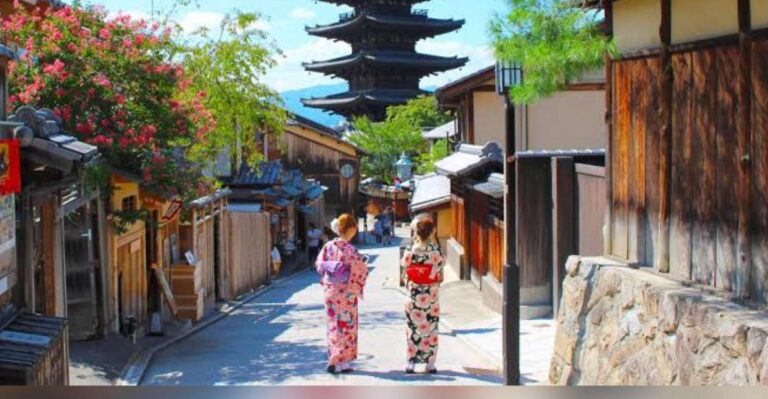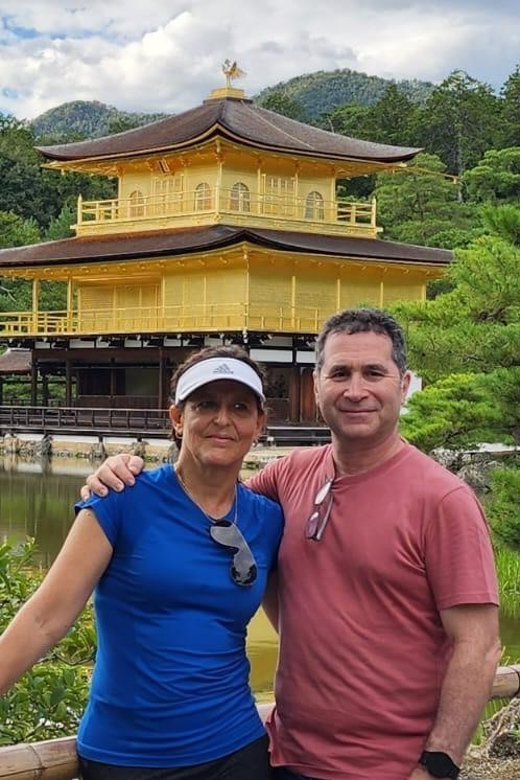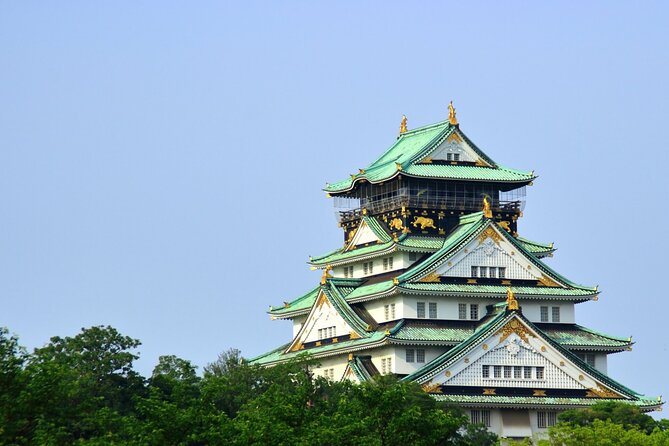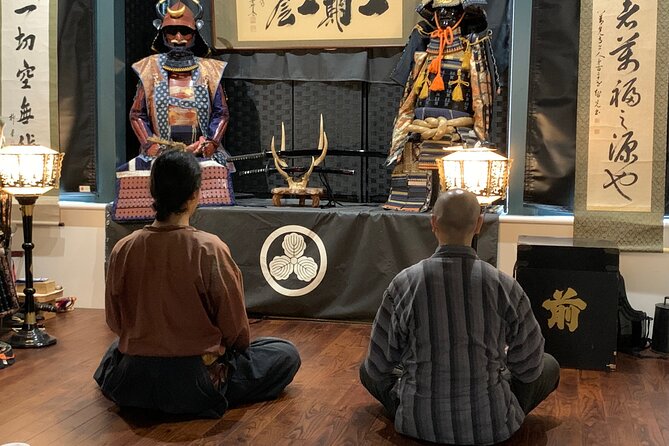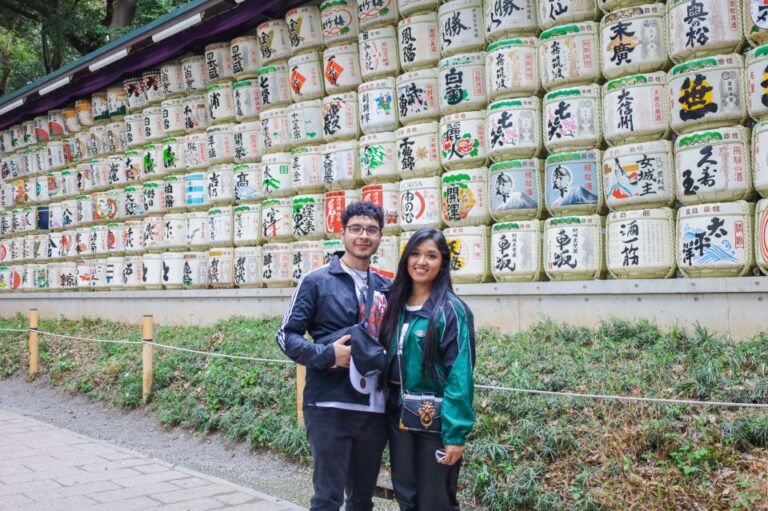Learn About Buddhism and Shinto in Asakusas Temple and Shrine
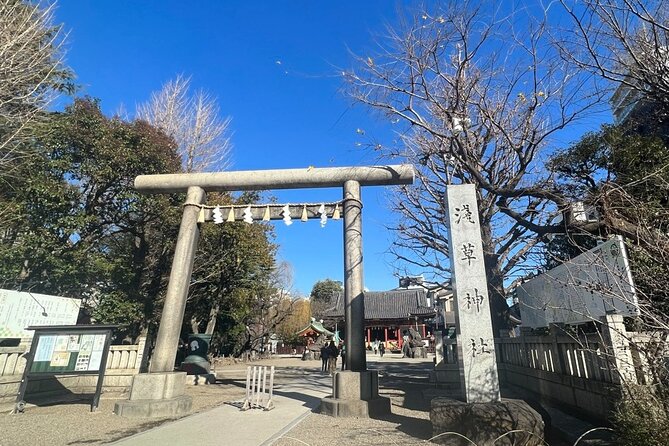
Nestled amidst the vibrant streets of Asakusa in Tokyo, a journey awaits for those seeking to unravel the intricate tapestry of Buddhism and Shintoism.
As visitors meander through the ancient temples and shrines, they are beckoned to witness the fusion of spiritual practices that have withstood the test of time.
The serenity of the shrines and the grandeur of the temples offer a glimpse into a world steeped in tradition and reverence.
But what secrets lie hidden within these hallowed grounds, inviting exploration and discovery?
More nearby cooking classses we've reviewed
Key Points
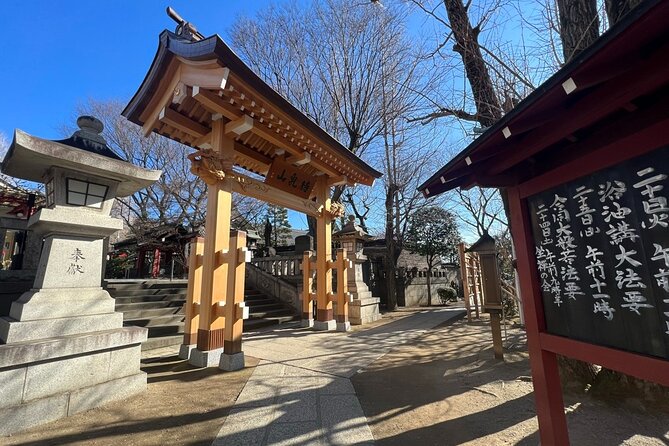
- Asakusa Temple unites Buddhism and Shinto, showcasing cultural fusion.
- Shinto practices emphasize nature reverence and spiritual purity.
- Buddhist art at the shrine reflects intricate craftsmanship and spiritual beauty.
- Daily rituals and ceremonies offer immersive experiences in Japanese spirituality.
It's also worth checking out some other tours and experiences nearby.
Historical Significance of Asakusa Temple

The historical significance of Asakusa Temple in Tokyo, Japan, dates back centuries, weaving together the rich tapestry of Buddhism and Shinto traditions in a captivating manner. This iconic temple stands as one of the oldest and most esteemed religious sites in Tokyo, drawing visitors from around the globe to admire its architectural marvels.
The temple complex, also known as Senso-ji, showcases stunning traditional Japanese architecture, with its majestic gate, intricate pagoda, and serene gardens. Throughout its long history, Asakusa Temple has served as a beacon of spiritual guidance and cultural preservation, reflecting the enduring legacy of both Buddhism and Shinto beliefs in Japan.
Its profound historical significance continues to resonate with visitors seeking a deeper understanding of Japan’s religious and cultural heritage.
Understanding Shinto Practices and Beliefs
Nestled within the cultural tapestry of Asakusa Temple in Tokyo, Japan, Shinto practices and beliefs offer a profound insight into traditional Japanese spirituality. Shinto rituals, deeply rooted in nature reverence and ancestor worship, focus on maintaining harmony with the kami, or spirits. Practitioners often visit shrines to pay respects, make offerings, and seek blessings for various aspects of life.
Shinto emphasizes purity, rituals for purification before entering shrines, and seasonal ceremonies to honor nature’s cycles. While Shinto is distinct from Buddhism, the two coexist harmoniously in Japan, with many individuals following practices from both traditions. Understanding Shinto rituals alongside Buddhist teachings provides a comprehensive view of the spiritual landscape that shapes the cultural heritage of Japan.
Exploring Buddhist Art and Architecture
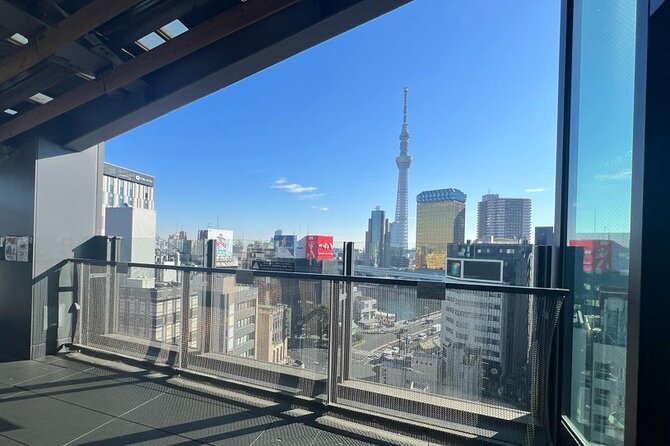
Amidst the ancient structures of Asakusa Temple in Tokyo, visitors can explore the intricate world of Buddhist art and architecture. The temple showcases exquisite craftsmanship in its intricate statues, paintings, and carvings, reflecting the rich cultural heritage of Buddhism.
As visitors explore the temple grounds, they’ll be amazed by the architectural wonders that define traditional Buddhist temples, such as the imposing pagoda, intricately designed gates, and serene meditation halls. Each structure serves a specific purpose, harmoniously blending spiritual significance with artistic beauty.
The attention to detail in every aspect of the temple’s design and construction highlights the deep reverence for Buddhist traditions and the dedication to creating spaces that inspire peace and contemplation.
Rituals and Ceremonies at the Shrine
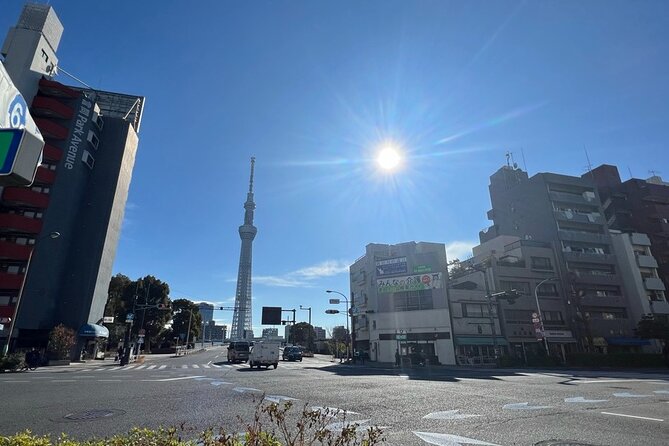
Visitors at Asakusa Temple in Tokyo can witness traditional rituals and ceremonies performed at the shrine, seeing the spiritual practices of Buddhism and Shintoism.
-
Traditional Customs: Witness the monks conducting daily rituals like chanting, offering incense, and prayers, following ancient traditions passed down through generations.
-
Spiritual Practices: Experience the sacred purification rituals where visitors can partake in washing hands and mouth with water before entering the shrine, symbolizing spiritual cleansing.
-
Ceremonial Offerings: Observe worshippers making offerings of coins, fruits, or small trinkets at the altar to show respect and seek blessings from the deities, a common practice in both Buddhism and Shintoism.
Cultural Insights From Local Guides
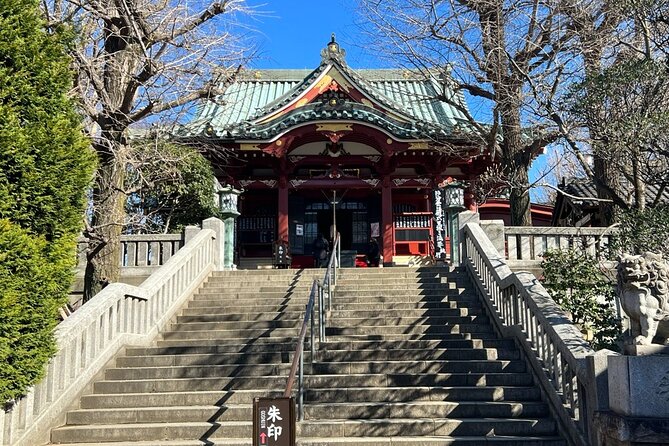
Local guides in Asakusa provide valuable cultural insights to visitors, enhancing their understanding of the deep-rooted traditions of Buddhism and Shintoism in the area. These guides offer explanations about local traditions and spiritual practices, shedding light on the significance of rituals and ceremonies performed at the temple and shrine.
Through their expertise, visitors gain a deeper appreciation for the historical and cultural context of these religious practices. By sharing their knowledge, local guides help bridge the gap between visitors and the intricate beliefs that shape the fabric of Asakusa’s spiritual landscape.
Engaging with these guides not only enriches the visitor experience but also fosters a greater respect for the centuries-old traditions that continue to thrive in this vibrant community.
Frequently Asked Questions
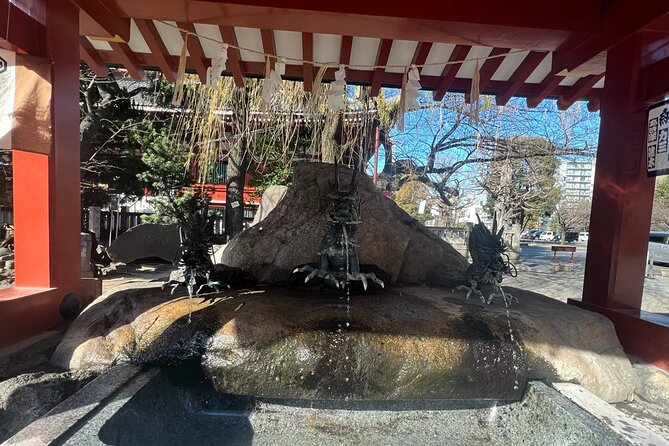
Is There a Dress Code or Any Specific Attire Requirements for Visiting the Temple and Shrine in Asakusa?
There are no strict dress codes for visiting the temple and shrine in Asakusa, but it’s recommended to dress modestly out of respect for cultural norms. Comfortable attire and removing hats indoors are generally appreciated.
Are There Any Restrictions on Photography or Video Recording Inside the Temple and Shrine Premises?
Photography guidelines at the temple and shrine may restrict certain areas. Video recording policies align with cultural significance and historical preservation. Visitors should adhere to posted rules for respectful exploration while capturing memories.
Are There Any Recommended Etiquette or Customs to Be Aware of When Visiting the Temple and Shrine in Asakusa?
When visiting the temple and shrine in Asakusa, travelers should follow cultural customs and respectful behavior. It’s important to observe local traditions, maintain silence, remove shoes when required, and refrain from touching sacred objects.
Are There Any Specific Souvenirs or Items That Are Unique to Asakusa Temple and Shrine That Visitors Can Purchase?
Visitors to Asakusa Temple and Shrine can buy unique souvenirs like local crafts and traditional snacks. These items reflect the cultural heritage of the area and make for memorable gifts or keepsakes.
Are There Any Nearby Dining Options or Recommendations for Those Who Wish to Have a Meal After the Tour of the Temple and Shrine in Asakusa?
After the tour of the temple and shrine in Asakusa, visitors can enjoy nearby restaurants offering traditional dining experiences. Explore cultural cuisine and culinary delights in the vicinity, providing a flavorful end to the cultural exploration.
Recap
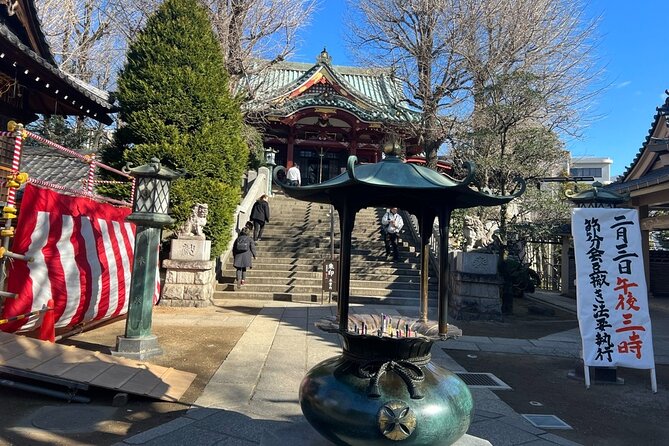
To sum it up, the tour of Asakusa’s temple and shrine offers a captivating insight into the rich traditions of Buddhism and Shintoism.
With a knowledgeable guide leading the way, visitors can explore the historical significance, rituals, and cultural insights of these ancient religions.
This experience provides a deeper understanding of Japan’s spiritual heritage, making it a must-visit destination for those seeking to explore the essence of Asakusa’s cultural landscape.

